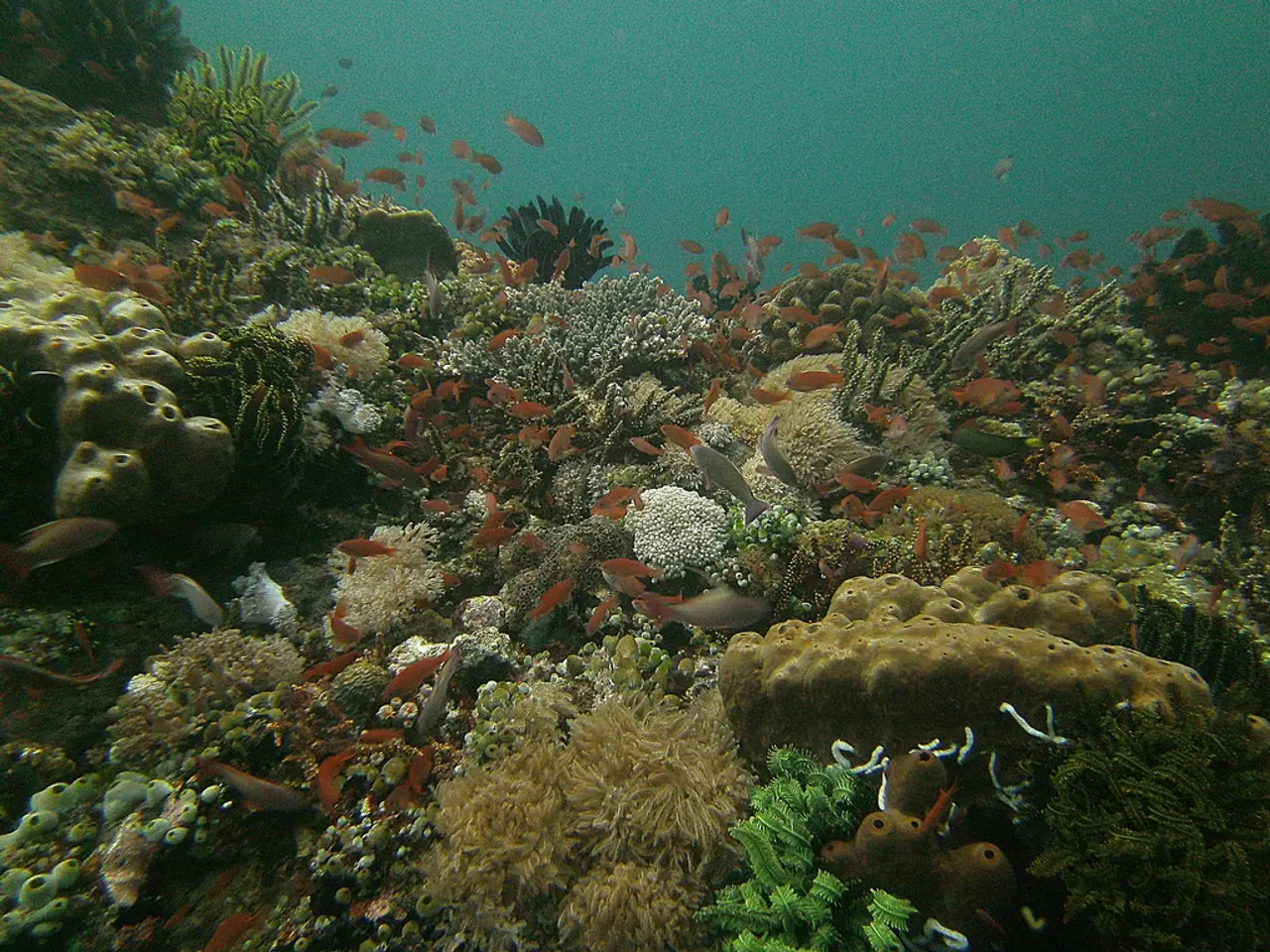Honoring Asian Pacific Islander Heritage Month with a Focus on Local Island Fauna and Flora
Headline: Asia-Pacific's Island Wildlife: A Treasure Trove Under Threat
In the vast and diverse landscapes of Asia and the Pacific's islands, centuries of adaptation and survival have given rise to a unique biodiversity that is a testament to the region's rich heritage. From the flightless kagu of New Caledonia to the Mariana fruit dove, symbol of identity for the people of Guam and the Northern Mariana Islands, these endemic species are a source of pride and a reminder of the importance of preserving our natural world.
However, these species and many others face significant threats from habitat loss and introduced species. The rainforests on Tetepare Island and other Pacific Islands, home to the Tetepare white-eyes and Sanford’s sea eagles, are being destroyed through deforestation, land development, and human settlement. Meanwhile, invasive species like the Asian tiger mosquito are spreading across various islands, posing direct threats by spreading diseases like dengue and Zika, and disrupting native ecosystems.
On isolated islands like Tetepare, the absence of human contact has allowed larger populations of coconut crabs to thrive. These crustaceans, known for their ability to climb palm trees and crack open coconuts with their powerful pincers, rule the shoreline in the low-lying atolls of Tuvalu. However, increasing human activity or invasive species introduction could jeopardize such unique ecosystems.
Coral reefs, underwater cities teeming with life, are another vital aspect of island biodiversity. Unfortunately, they are threatened by climate change, pollution, and overfishing. Yet, conservation efforts offer hope for these vital ecosystems.
The kagu, an evolutionary oddity with its powder-gray feathers and haunting calls, was once threatened by introduced predators but is rebounding due to conservation efforts and local pride. Similarly, the Mariana fruit dove's numbers have dwindled due to habitat destruction and predation by invasive species, but efforts are being made to restore its habitat and reintroduce captive-bred birds into the wild.
Coconut crabs are celebrated in local feasts and legends but are threatened by overharvesting and habitat loss. Efforts in biosecurity, habitat protection, and species rehabilitation are crucial for preserving this unique biodiversity and celebrating and preserving Asian Pacific Islander Heritage.
Coral reefs, despite the challenges they face, are vital for marine biodiversity and island communities, providing food, storm protection, and livelihoods. These underwater cities, teeming with life, are a reminder of the importance of conservation and the hope it offers for our planet's future.
- Climate change poses a significant threat to coral reefs, an underwater city teeming with life, found in Asia-Pacific's island landscapes.
- Evolution has given rise to unique biodiversity in Asia-Pacific's islands, such as the flightless kagu, a source of regional pride.
- Conservation efforts, in conjunction with local pride, are helping the kagu rebound from extinction, underscoring the importance of preserving our natural world.
- Insects like the coconut crab, known for their powerful pincers and ability to climb palm trees, are celebrated in local feasts and legends but are threatened by overharvesting and habitat loss.
- Science and environmental-science education play crucial roles in understanding the threats facing island wildlife and implementing effective conservation strategies.
- Lifelong learning, including learning about environmental-science, conservation, and lifestyles that promote home-and-garden sustainability, can foster a culture of care for the planet.
- As climate change and invasive species continue to threaten biodiversity, we must intensify our efforts to conserve island wildlife and ecosystems, celebrate their unique beauty, and ensure their survival for future generations.




